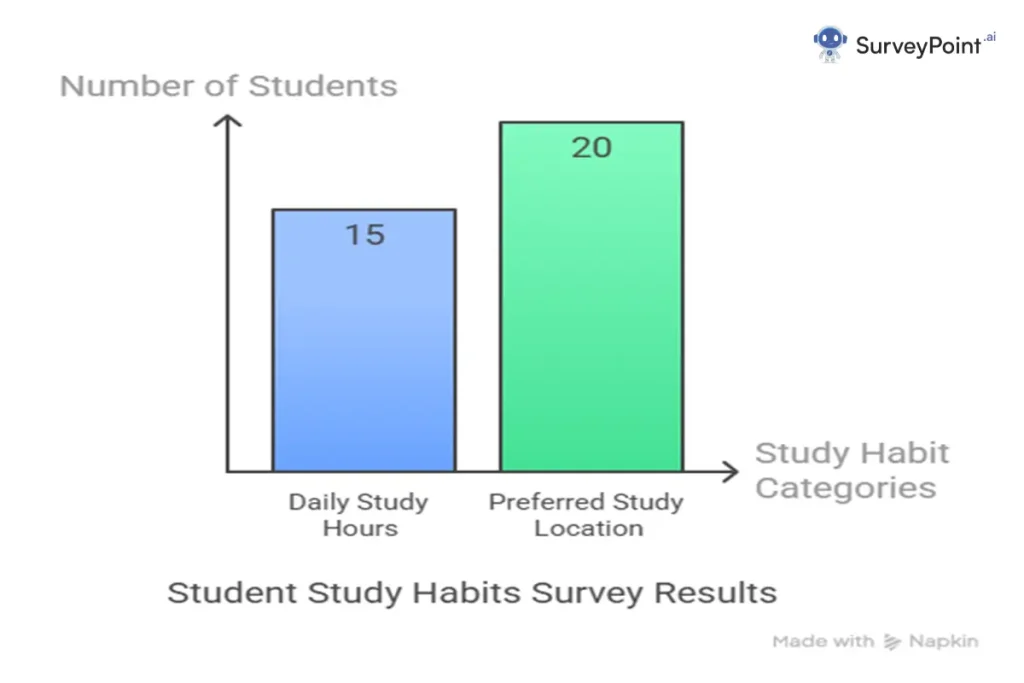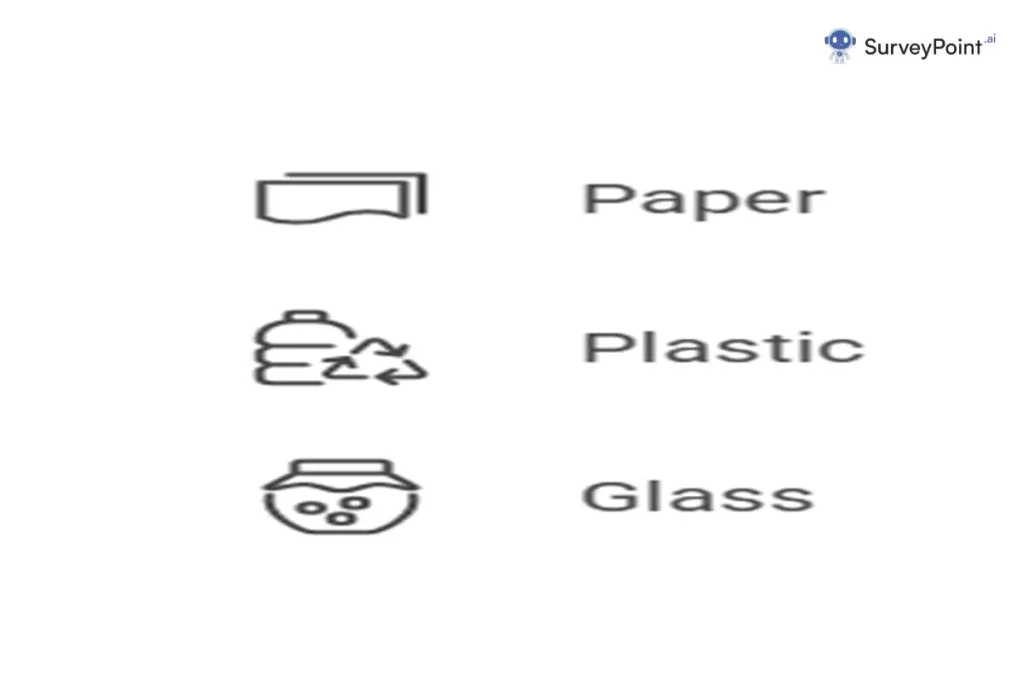Survey reports are a cornerstone of academic assignments, helping students develop critical research and analytical skills. Crafting a stellar survey report requires structure, clarity, and a knack for presenting data meaningfully. This blog explores the top 10 survey report samples tailored for students, offering practical examples, tips, and insights to elevate your assignments.
Why Survey Reports Matter for Students
Survey reports are more than just academic exercises. They teach students how to collect, analyze, and interpret data—skills vital in fields like sociology, psychology, and business. A well-crafted report showcases your ability to think critically and communicate findings effectively.
For students, survey reports bridge theory and practice. They encourage hands-on research, fostering skills like questionnaire design and statistical analysis. Plus, they’re a great way to explore topics you’re passionate about, from mental health to sustainability.
Key Elements of a Winning Survey Report
A standout survey report combines structure, clarity, and insight. It’s not just about dumping data on a page—it’s about telling a story with numbers. Here are the must-have components:
Clear Objective and Hypothesis
Every survey report needs a clear purpose. Are you exploring student stress levels or campus recycling habits? Define your objective and hypothesis early to guide your research.
Well-Designed Methodology
Your methodology is the backbone of your report. Explain how you collected data, who your participants were, and why you chose your approach. A solid methodology builds credibility.
Data Presentation and Analysis
Raw data is meaningless without context. Use charts, graphs, or infographics to make your findings pop. Analyze trends and patterns to draw meaningful conclusions.

Actionable Conclusions
Don’t just summarize—synthesize. What do your findings mean? Offer recommendations or insights that tie back to your objective, making your report impactful.
Top 10 Survey Report Samples for Students
These 10 survey report samples cover diverse topics and formats, perfect for inspiring your next assignment. Each example includes a brief overview, key features, and tips for adaptation.
Sample 1: Student Mental Health Survey
Overview: This report surveys college students on stress, anxiety, and coping mechanisms. It uses a mix of quantitative (Likert scale) and qualitative (open-ended) questions.
Key Features:
- Visuals like pie charts showing stress triggers.
- Recommendations for campus wellness programs.
- Clear methodology detailing sample size (e.g., 200 students).
Tip: Use anonymized quotes from open-ended responses to add a human touch.
Sample 2: Campus Sustainability Practices
Overview: This report examines student awareness of recycling and energy-saving initiatives. It includes a survey of 150 students across majors.
Key Features:
- Infographic comparing recycling rates by dorm.
- Discussion of barriers to sustainable behavior.
- Suggestions for campus-wide green campaigns.
Tip: Include a video link to a sustainability TED Talk for extra context.

Sample 3: Social Media Usage Among Teens
Overview: This report explores how teens use platforms like TikTok and Instagram, focusing on time spent and mental health impacts.
Key Features:
- Bar graphs comparing daily usage across age groups.
- Analysis of correlation between screen time and self-esteem.
- Engaging introduction with current social media stats.
Tip: Cite recent studies to ground your findings in real-world trends.
Sample 4: Study Habits and Academic Performance
Overview: This survey links study habits (e.g., note-taking, group study) to GPA among high school students.
Key Features:
- Scatter plot showing study hours vs. grades.
- Breakdown of effective vs. ineffective habits.
- Practical tips for students based on findings.
Tip: Use a table to summarize key habits and their impact.
Sample 5: Part-Time Job Impact on Students
Overview: This report investigates how part-time work affects academic performance and well-being among college students.
Key Features:
- Line graph tracking GPA over work hours.
- Qualitative insights from student interviews.
- Recommendations for balancing work and study.
Tip: Highlight real student stories to make the report relatable.
Sample 6: Student Perceptions of Online Learning
Overview: This survey gauges student satisfaction with virtual classes, focusing on engagement and tech challenges.
Key Features:
- Pie chart showing preference for in-person vs. online learning.
- Analysis of common pain points (e.g., Zoom fatigue).
- Suggestions for improving hybrid education.
Tip: Embed a short video on online learning tips to boost engagement.
Sample 7: Dietary Preferences on Campus
Overview: This report surveys student food choices, exploring vegetarian, vegan, and gluten-free preferences.
Key Features:
- Stacked bar chart showing dietary trends by year.
- Discussion of affordability and access issues.
- Recommendations for dining hall menus.
Tip: Include a photo of a campus dining hall to set the scene.
Sample 8: Extracurricular Activity Engagement
Overview: This survey examines how clubs and sports impact student satisfaction and time management.
Key Features:
- Heatmap showing activity participation by major.
- Insights into benefits like networking and stress relief.
- Tips for balancing academics and extracurriculars.
Tip: Use bold subheadings to break up dense sections.
Sample 9: Public Transport Usage by Students
Overview: This report analyzes how students use buses and trains for commuting, focusing on cost and convenience.
Key Features:
- Flowchart mapping common commute routes.
- Analysis of barriers like unreliable schedules.
- Suggestions for subsidized transit passes.
Tip: Include a map graphic of local transit routes for clarity.
Sample 10: Financial Literacy Among College Students
Overview: This survey explores students’ knowledge of budgeting, loans, and savings.
Key Features:
- Bar chart comparing financial confidence by class year.
- Recommendations for campus workshops.
- Real-world stats on student debt.
Tip: Add a downloadable budget template as a bonus resource.
People Also Ask (PAA) Questions
What is the structure of a survey report?
A survey report typically includes an introduction, methodology, results, discussion, and conclusion. Start with your objective, explain your data collection process, present findings with visuals, analyze the data, and wrap up with recommendations. Keep sections concise and logical.
How do you write a survey report for students?
Begin with a clear research question and design a simple survey. Collect data, analyze it using tools like Google Forms or SPSS, and present findings with charts or tables. Write clearly, avoid jargon, and include actionable insights to impress your professor.
What are common mistakes in survey reports?
Common pitfalls include vague objectives, biased questions, poor data visualization, and weak analysis. Avoid overloading with raw data—focus on key trends. Proofread to catch errors, and ensure your methodology is transparent.
How can students make survey reports engaging?
Use visuals like graphs, infographics, or videos to break up text. Tell a story with your data, linking findings to real-world issues. Incorporate student quotes or case studies to add a personal touch.
How long should a student survey report be?
Most student survey reports range from 1,000 to 2,000 words, depending on the assignment. Focus on quality over length—prioritize clear writing, strong visuals, and concise analysis. Check your professor’s guidelines for specifics.

